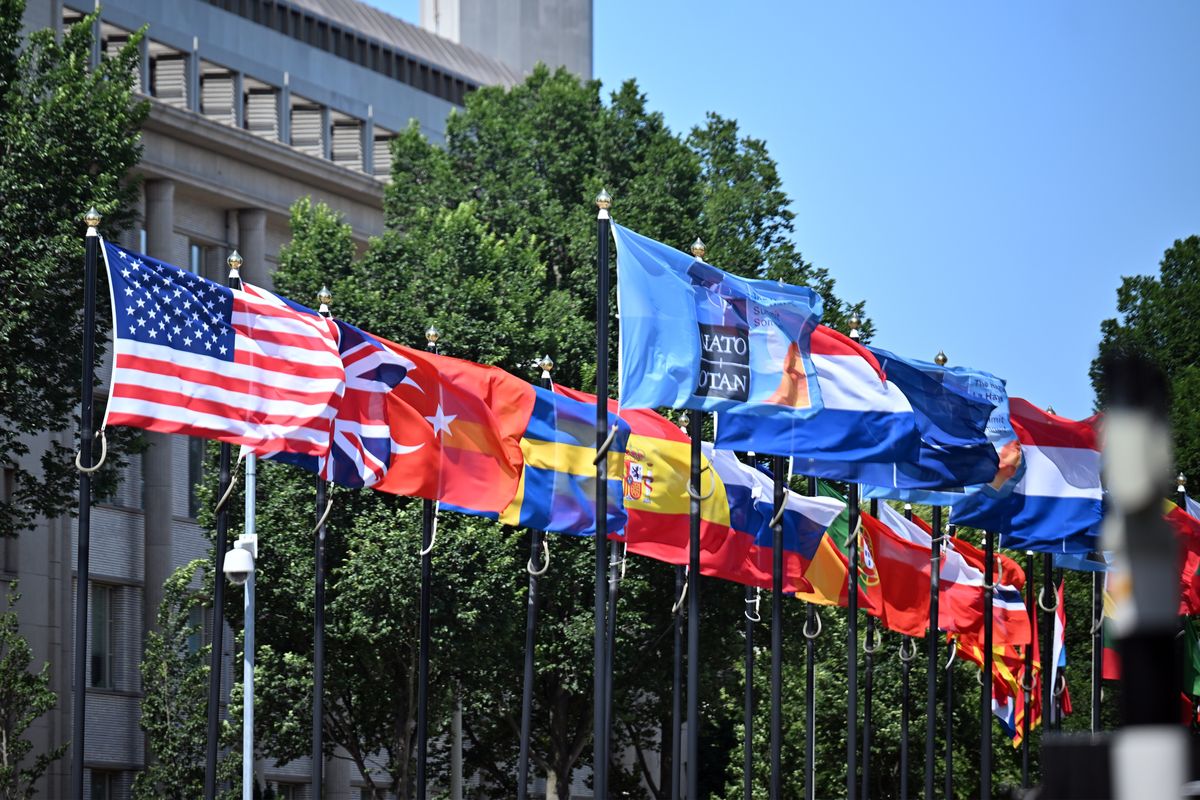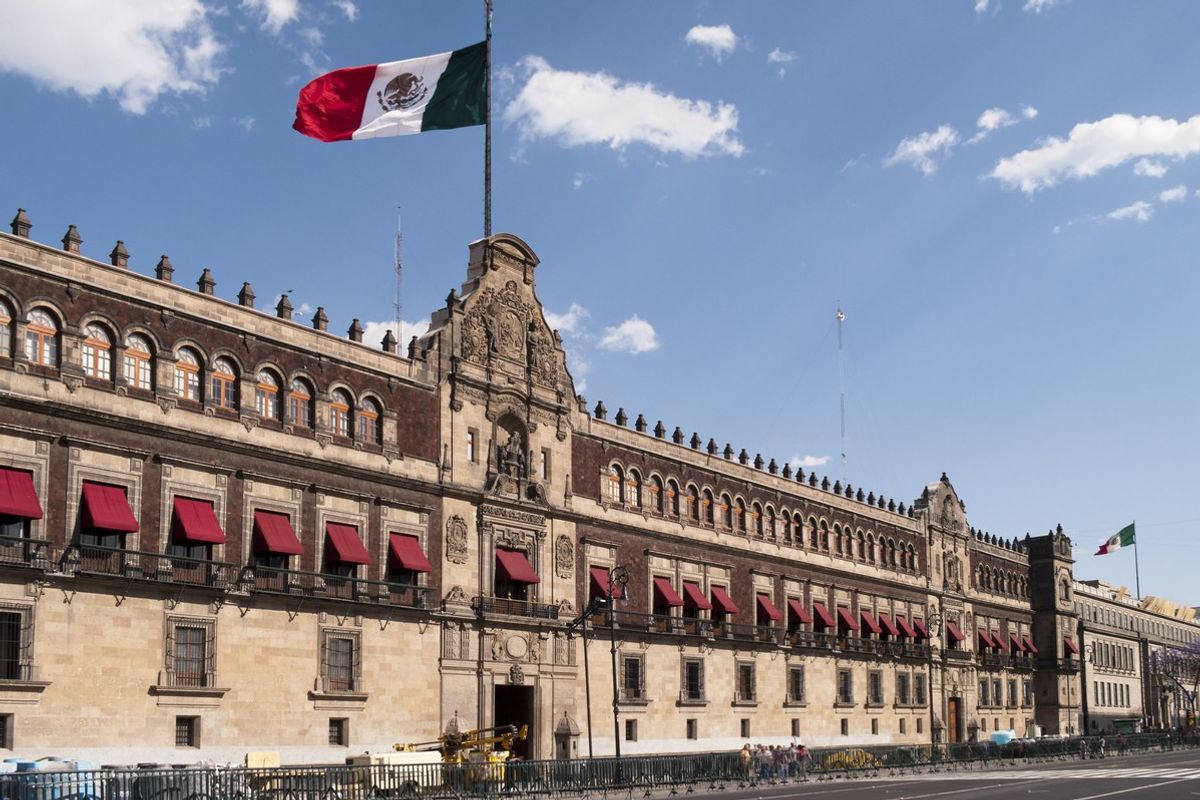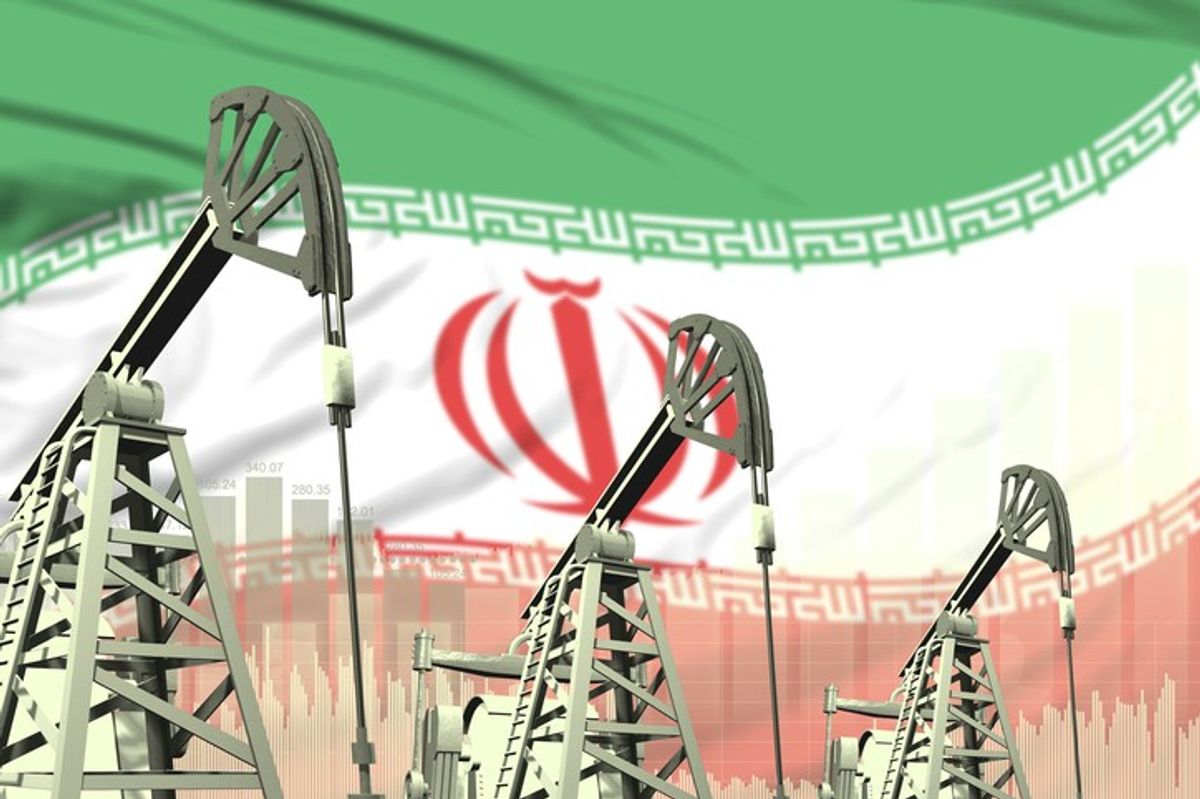The Cipher Brief spoke with retired DEA agent Michael Vigil to discuss the security situation in Mexico. Vigil, who served as DEA’s Chief of International Operations, offered his thoughts on the kidnapping threat.
The Cipher Brief: Can you speak a little about the security situation in Mexico and the various threats Western businesses face?
MV: Crime and related violence are major problems in Mexico. Many U.S. citizens have been victims of widespread criminal activity, including murder, kidnapping, robberies, and carjackings. In fact, some Americans actually found themselves in the middle of a gun battle involving rival gangs, criminals, and local authorities. The number of kidnappings throughout Mexico is extremely alarming and continues to rise. In 2013 kidnappings increased nationwide by 20 percent over the previous year. Although recent official statistics indicate that kidnappings in Mexico have decreased, my sources within the Mexican government advise that this is not the case and they are in fact on the rise. While kidnappings can occur anywhere in the country, the states with the highest numbers are Tamaulipas, Guerrero, Michoacán, Tabasco, Veracruz, and Morelos. It is estimated that Mexico had 105,682 kidnappings in 2012, with only 1,317 reported to the police. A large portion of the population does not trust or have confidence in the government, and therefore most incidents go unreported. Making matters worse is that the police–particularly the state and municipal police-have been involved in some of these incidents. More than 130 kidnappings of U.S. citizens were reported to the U.S. Embassy and consulates in Mexico between January and November of 2014. The ongoing campaign against drug trafficking and related violence, which have claimed countless lives, continues to raise the stakes for corporate security offices.
Crime is dynamic and varies throughout Mexico. Armed robberies, murders, assaults, theft, extortion, carjacking, and various other types of crime against people and property are daily occurrences. The low rate of criminal convictions contributes to the high crime rate. Several years ago, I met with the Mexican attorney general in Mexico City to discuss issues of mutual interest. During the conversation the attorney general was quite candid and stated convictions at the federal level were less than 5%. In a subsequent discussion with one of the deputy attorneys general, I was told that it was actually less than 3%. I can only imagine what they are at the state and municipal level. I worked in Mexico for thirteen years and quickly determined that corruption, endemic in nature, was even more rampant within the state and local police forces. Most are in the pockets of the cartels and other criminal groups. Instead of preventing crime, they facilitate and generate much of it. Adding to the problem, Mexico in January 2014 decided to incorporate the “self defense groups” into the newly created Rural Force and provided them with weapons and uniforms. Many of these individuals have criminal backgrounds and ties with drug trafficking organizations. In the long run, this decision will undoubtedly exacerbate criminal activity in Mexico. Western businesses have to be flexible enough to adapt to the changing security threats posed by criminal organizations in Mexico.
TCB: How does kidnapping compare with other common crimes in Mexico, such as homicide, robbery, and rape? How does kidnapping in Mexico compare with kidnapping in other countries? In your time at the DEA, how have global kidnapping trends changed?
MV: Mexico continues to be the kidnapping capital of the world, especially when one takes into consideration that the vast majority of abductions go unreported. To put it into perspective, Mexico has more kidnappings than each of Syria, Iraq, Afghanistan, Pakistan, Libya, and Yemen. In the past, kidnappings in Mexico targeted the rich, but that tread has changed. Many of the victims are now street vendors, shop owners, and cab drivers that handle cash on a daily basis. Drug cartels such as the Zetas also kidnap undocumented aliens transiting Mexico to the U.S from Central America. The kidnappers will force relatives or friends to pay the ransom demands, which vary from $2,000 to $5,000 per individual. At first glance this does not seem very lucrative, but the high volume of kidnappings each year add millions of dollars to their criminal financial portfolio.
Unfortunately, the DEA was not immune to the threat of kidnapping in Mexico. In 1985, several armed men forcibly took Special Agent Enrique “Kiki” Camarena outside the U.S. Consulate in Guadalajara as he left to join his wife for lunch. He was taken to a house in the city where he was brutally tortured and interrogated by members of the Guadalajara cartel. The torture continued until he died.
Extortion is a serious problem in Mexico and incidents have increased in recent years. The Mexican cartels are the primary violators, even though they continue to focus on the production, transportation, and distribution of methamphetamine, heroin, marijuana, and cocaine. The risks associated with extortion are minimal in comparison to kidnapping. It requires fewer resources and is a lucrative enterprise. Interestingly, the murder rates are much higher, depending on the year, than kidnapping and extortion combined. Most recently, violence has shifted from the border areas to the central and southern Mexican states. The number of homicides is believed to be much higher than those reported by Mexican authorities. Suppressing the number of murders is driven by a desire to encourage tourism and foreign investment.
The global kidnapping landscape has changed dramatically from when I was with the DEA. Terrorist organizations have stepped up their kidnapping activities for ransom and nefarious political objectives. During the 1970s, left wing networks conducted most of the kidnappings and more occurred in South America than in other parts of the world. In the 1980s and 1990s, more groups in Europe and South America became involved in abductions. During the past decade, kidnapping, for the most part, has once again shifted to the Middle East and South Asia. In Syria, local gangs that are abducting travelers and humanitarian workers for ransom have compounded the kidnappings by terrorist groups such as Ansaru. A large increase has also occurred in Yemen as a result of conflict escalation there.
TCB: How is the drug trafficking business intertwined with kidnapping? What is it about the drug trafficking business that leads to so many kidnappings ? Are there other industries in Mexico, such as the energy industry, that are particularly prone to the kidnapping threat?
MV: In 2006, Felipe Calderon from the National Action Party (PAN) was elected president of Mexico. Prior to his election and that of his predecessor, Vicente Fox, the dominant political party had been the Revolutionary Institutional Party (PRI). The PRI was in power from 1929 to 2000. Because of the PRI dominance, the drug traffickers knew whom they had to bribe for protection. They were given geographical areas (plazas) where they operated with relative stability and minimal conflict. President Calderon was aware the cartels had become more powerful and sophisticated transnational organized crime groups. With justification, he viewed them as a viable national security threat. He quickly began to conduct a frontal assault on the larger cartels and used the Mexican Marines as the spear point of his counterdrug strategy. The leadership of many of the cartels was either killed or captured, leading to a violent and protracted struggle between cartels for existing drug smuggling routes. The cartels, to ensure their survivability, waged war with government security forces. This caused significant disruption within the cartels, and many of them fragmented into groups that were even more violent. Apart from the damage they sustained, the cartels were forced to hire and pay virtual armies of gunmen to fight encroaching cartels and Mexican security forces. The cartels, in order to fund this effort, created a new business model. They made a conscious decision to expand into kidnapping, extortion, robbery, and theft of natural resources to generate more revenue. This is when kidnapping went from a cottage industry to a massive criminal enterprise.
Some of the industries most vulnerable to having their employees kidnapped in Mexico are oil and gas, high tech, construction, mining, academia, and journalism. The breakup of PEMEX, the state oil company, following a 76-year monopoly may increase industry-specific extortion. Now that local and foreign companies are allowed to bid for oil tenders, cartel activity could become more focused on oil production areas, also resulting in an increase in kidnappings.
TCB: Does the DEA play a role in preventing kidnapping or in negotiating with kidnappers? How has the DEA been working with local authorities in Mexico on this?
MV: As a single mission agency with the federal responsibility for U.S. drug enforcement activities, DEA focuses on the organizations and principal members of organizations involved in the growing, manufacture, or distribution of controlled substances. We do not investigate kidnappings, but indirectly we may deal with it through ongoing investigations if informants, witnesses, or DEA personnel are kidnapped. Information that is developed is quickly passed to Mexican counterparts, and we will coordinate operations as required.
TCB: When you are operating in Mexico, what precautions do you take to avoid being kidnapped? What advice would you give to individuals and businesses who are fairly new to operating in an environment where kidnapping is a serious threat?
MV: There are many tactics one can use to mitigate the risk of kidnapping in Mexico. The times and routes to and from home and work should change constantly. Following the same routes at the same times makes you an easy target. Family members should also follow this practice. Individuals should avoid wearing expensive jewelry or clothing that identify you as a foreigner or representative of a foreign company. Always be aware of your surroundings and avoid traveling alone if it all possible. Avoid public transportation, especially taxis in Mexico. Many of them work in collusion with gangs in taking passengers to designated areas where they can be robbed or kidnapped. Don’t open your hotel room door until you know who is on the other side. If you have doubts, call the front desk to confirm the visitor. Always secure your personal items—passports, travel documents, and valuables—in a secure location. Never divulge travel or personal information to strangers.










